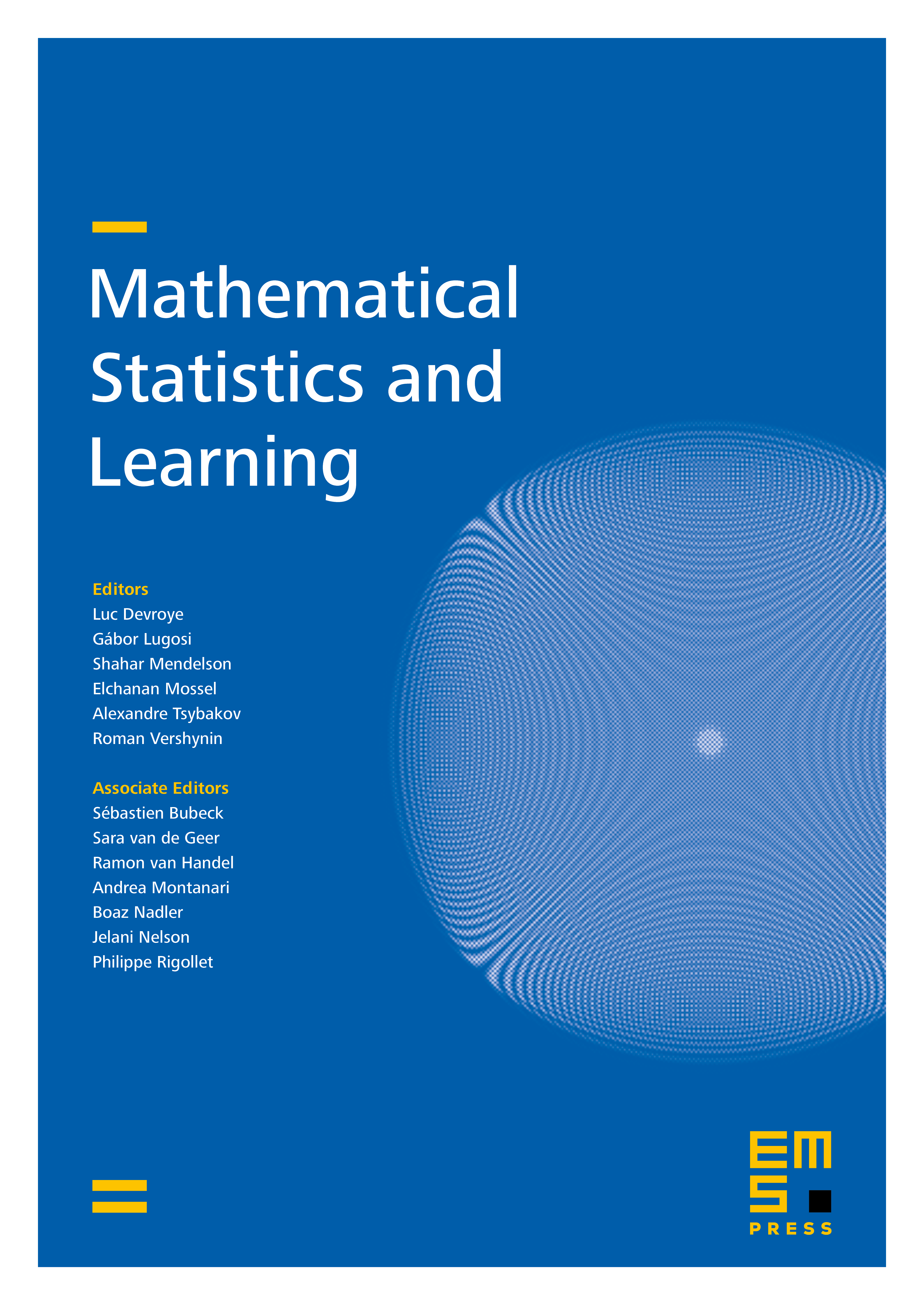The algorithmic hardness threshold for continuous random energy models
Louigi Addario-Berry
McGill University, Montreal, CanadaPascal Maillard
Université de Toulouse, France

Abstract
We prove an algorithmic hardness result for finding low-energy states in the so-called continuous random energy model (CREM), introduced by Bovier and Kurkova in 2004 as an extension of Derrida’s generalized random energy model. The CREM is a model of a randomenergy landscape on the discrete hypercube with built-in hierarchical structure, and can be regarded as a toy model for strongly correlated random energy landscapes such as the family of -spin models including the Sherrington–Kirkpatrick model. The CREM is parameterized by an increasing function , which encodes the correlations between states.
We exhibit an algorithmic hardness threshold , which is explicit in terms of . More precisely, we obtain two results: First, we show that a renormalization procedure combined with a greedy search yields for any a linear-time algorithm which finds states with . Second, we show that the value is essentially best-possible: for any , any algorithm which finds states with requires exponentially many queries in expectation and with high probability. We further discuss what insights this study yields for understanding algorithmic hardness thresholds for random instances of combinatorial optimization problems.
Cite this article
Louigi Addario-Berry, Pascal Maillard, The algorithmic hardness threshold for continuous random energy models. Math. Stat. Learn. 2 (2019), no. 1, pp. 77–101
DOI 10.4171/MSL/12